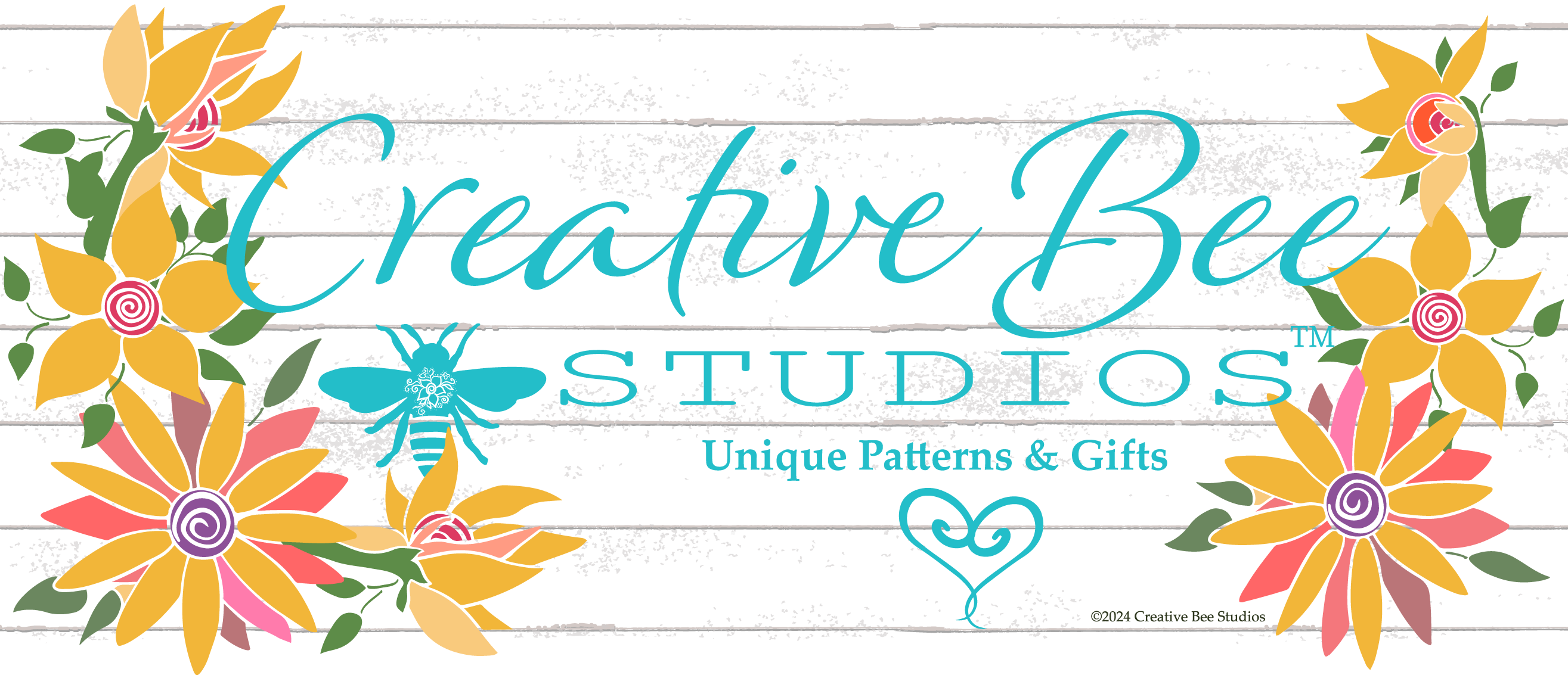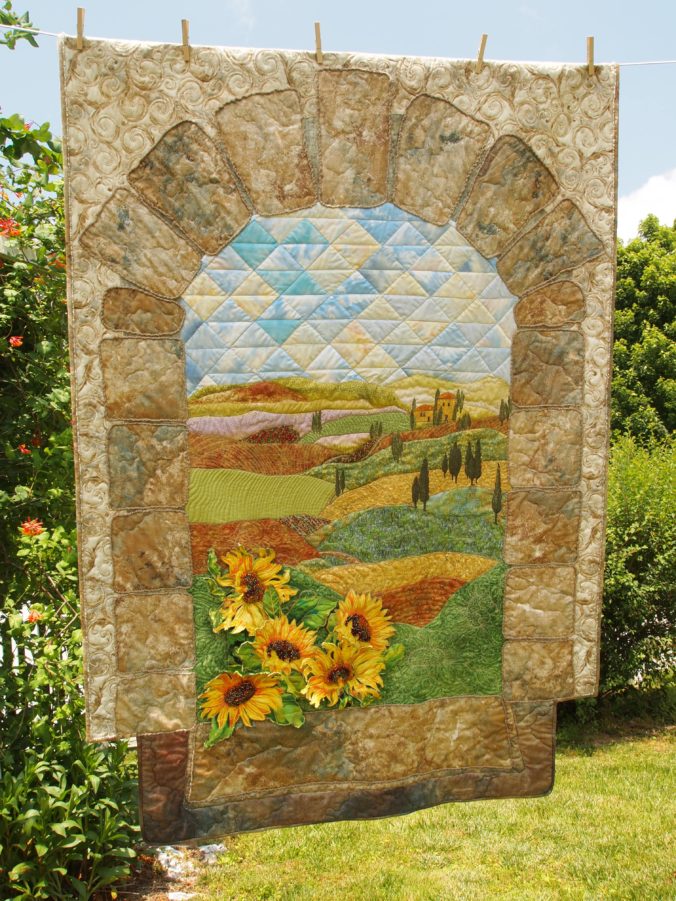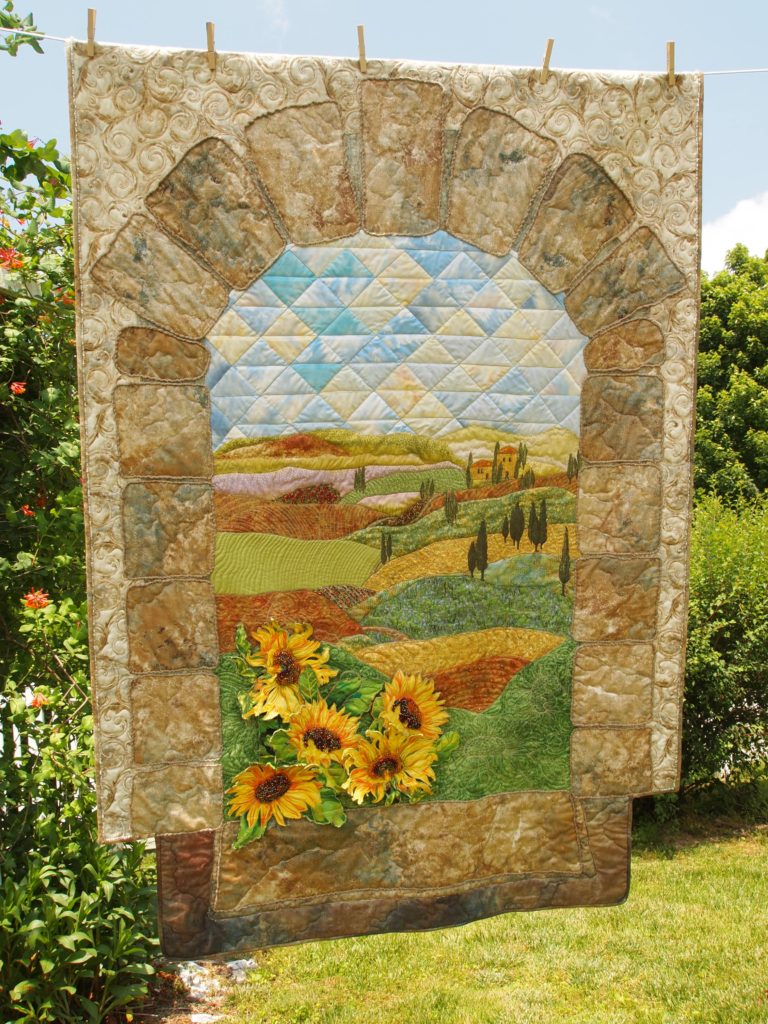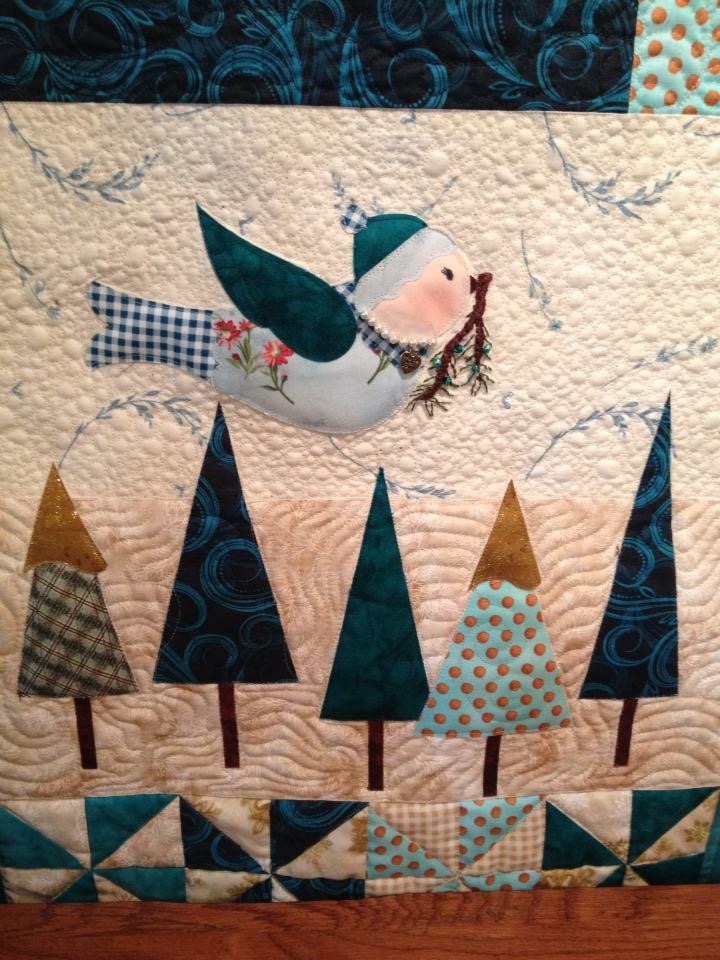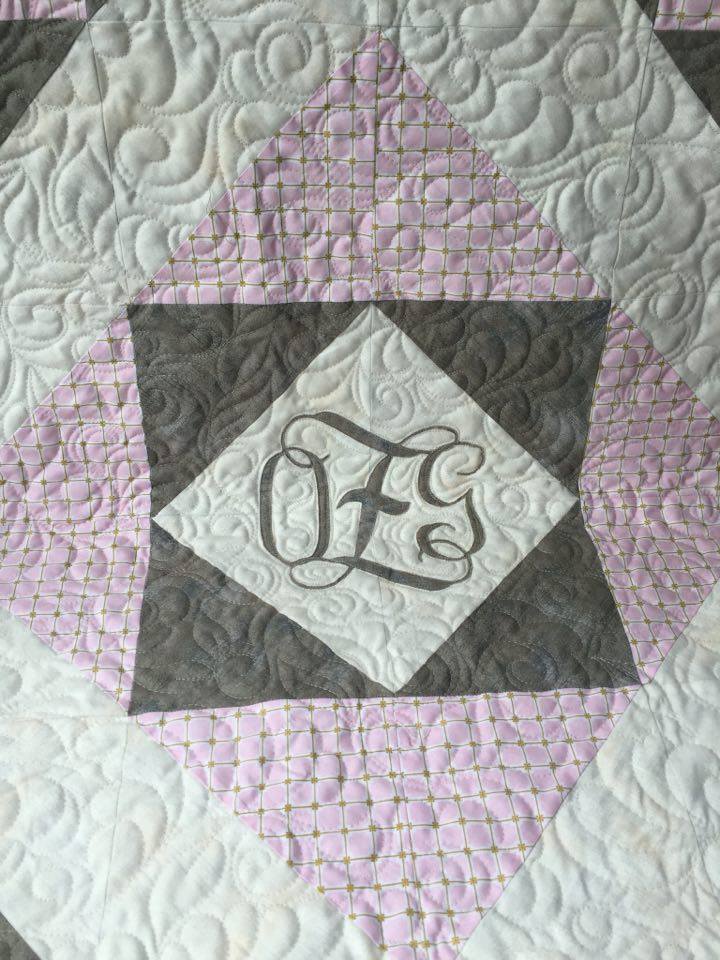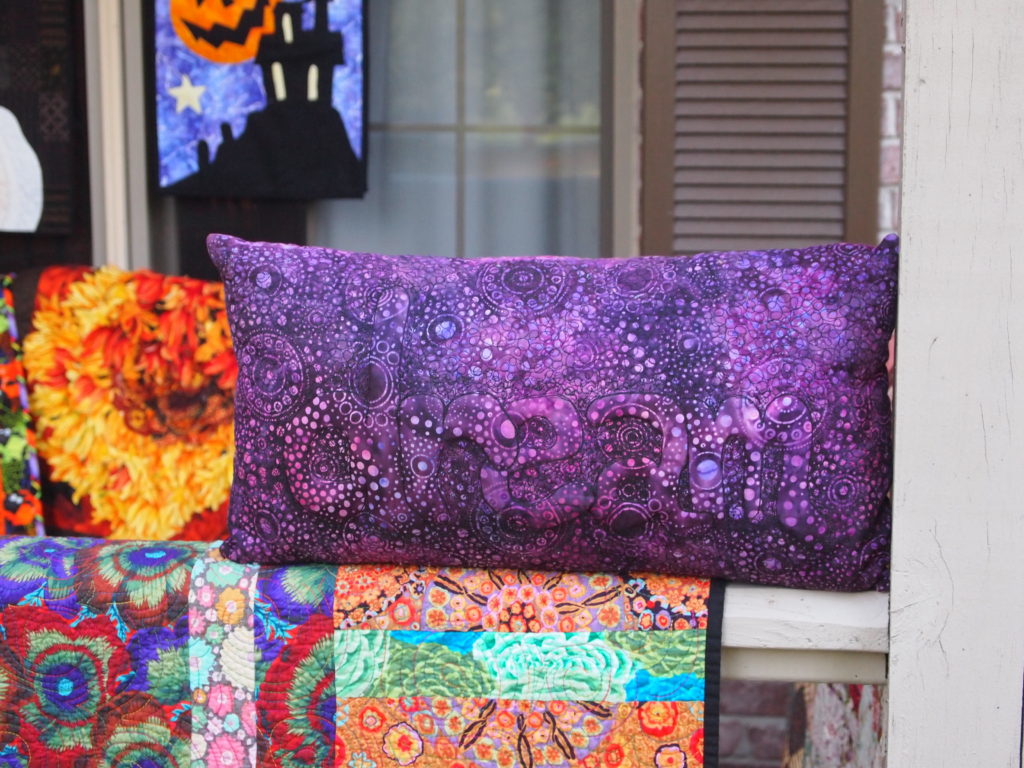These six tips for using color in landscape quilts makes choosing them a breeze!
The tips for using color, of course, depends on subject of your landscape. But there are some general tips that can help make that process fun.
Let’s start at the very beginning…a very FUN place to start.

My favorite part of landscape quilts is when I’m first digging through my fabric stash, searching for any fabrics which might remotely play nicely in my quilt…folding them into shapes, layering them on top of each other…imagining.
- When choosing fabrics for a landscape quilt, choose a wide variety of dark, medium, and light fabrics, mostly cottons, but also other textures. (I have been known to cut up old clothing for the right fabric in a small space.) You can’t have too many!
- Throw in some “wild card” colors! Go ahead and grab fabrics you might not immediately think of for nature scenes, both by color and print. Add some purple, copper, gold, olive/brown, gray, and gray-blue or colors with those combinations in them.
- Use those “ugly” fabrics! Of course, you don’t want an entire quilt of your least favorite fabrics, but they do have an important role because they make your beautiful fabrics really pop.
- When auditioning your fabrics, remember that generally speaking, distant hillsides will be “cooler” and bluer than the close, “warmer” hillsides–a phenomenon called “aerial perspective”. In addition to color, use quilting to also give a more defined perspective, using larger quilting in the foreground and tighter, smaller designs in the distance.
- Use whatever materials you need to get the look you want. (Don’t be afraid to break the rules.) In Bella Vista, I used several layers of yellow tulle on the hillsides and sky to give them a muted look of warm sunshine to contrast the stone window and close sunflowers.
- When choosing your fabrics for a landscape quilt, think of your stash as a brand new box of crayons. Be playful and daring and PLAN to color outside the lines!
Enjoy your quilting journey!
